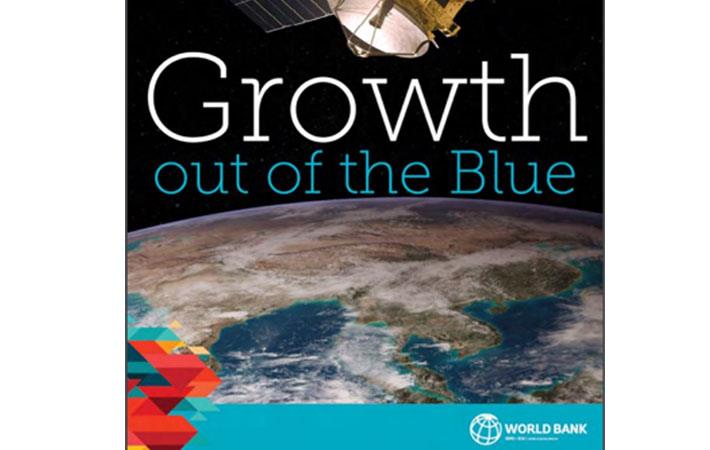South Asia no longer world's fastest growing region: WB

The slowdown in South Asia is due to both temporary shocks and longer-term challenges. It has mostly been driven by internal factors, most notably in India, such as a decrease in private investment, and an increase in imports and government spending, finds the World Bank’s twice-a-year South Asia Economic Focus (SAEF) titled ‘Growth out of the Blue’.
“While growth rates in South Asia largely remain robust given the economic shocks that some countries in the region have faced, countries should continue to actively address their growing trade and fiscal deficits,” said Annette Dixon, the World Bank South Asia region vice president. “With the right mix of policies to respond to challenges, we remain confident that South Asian countries can accelerate their growth to create more opportunities and prosperity for their people.”
Given its weight in the region, India sets the pace for South Asia. Its Gross Domestic Product (GDP) growth is expected to slow down to 7.0 per cent in 2017, due to surging imports and declining private investment along with the effects from withdrawing large amounts of banknotes and the introduction of the Goods and Services Tax (GST). However, India’s growth is expected to rebound to 7.3 per cent in 2018, the report states.
On Bangladesh, the report says, “The economy remains strong with accelerating industrial production and resilient services. However, growth is expected to moderate this year. Deficits are widening as export growth and remittances have weakened, which should be monitored and addressed along with increasing stresses on the financial sector and uncertainties around the upcoming elections.”
Sri Lanka’s economy is projected to grow at 4.6 per cent in 2017 and achieve 5 per cent growth in the years ahead. “Public finances and reserves have improved despite a high budget deficit and public debt. Frequent natural disasters continue to weaken economic performance and are likely to increase poverty. Accelerating reforms to promote competitiveness, better governance, and a more balanced budget are critical to ensure sustained growth and development.” (RKS)
Fibre2Fashion News Desk – India
































-Ltd..jpg?tr=w-120,h-60,c-at_max,cm-pad_resize,bg-ffffff)





.jpg?tr=w-120,h-60,c-at_max,cm-pad_resize,bg-ffffff)
.jpg?tr=w-120,h-60,c-at_max,cm-pad_resize,bg-ffffff)






